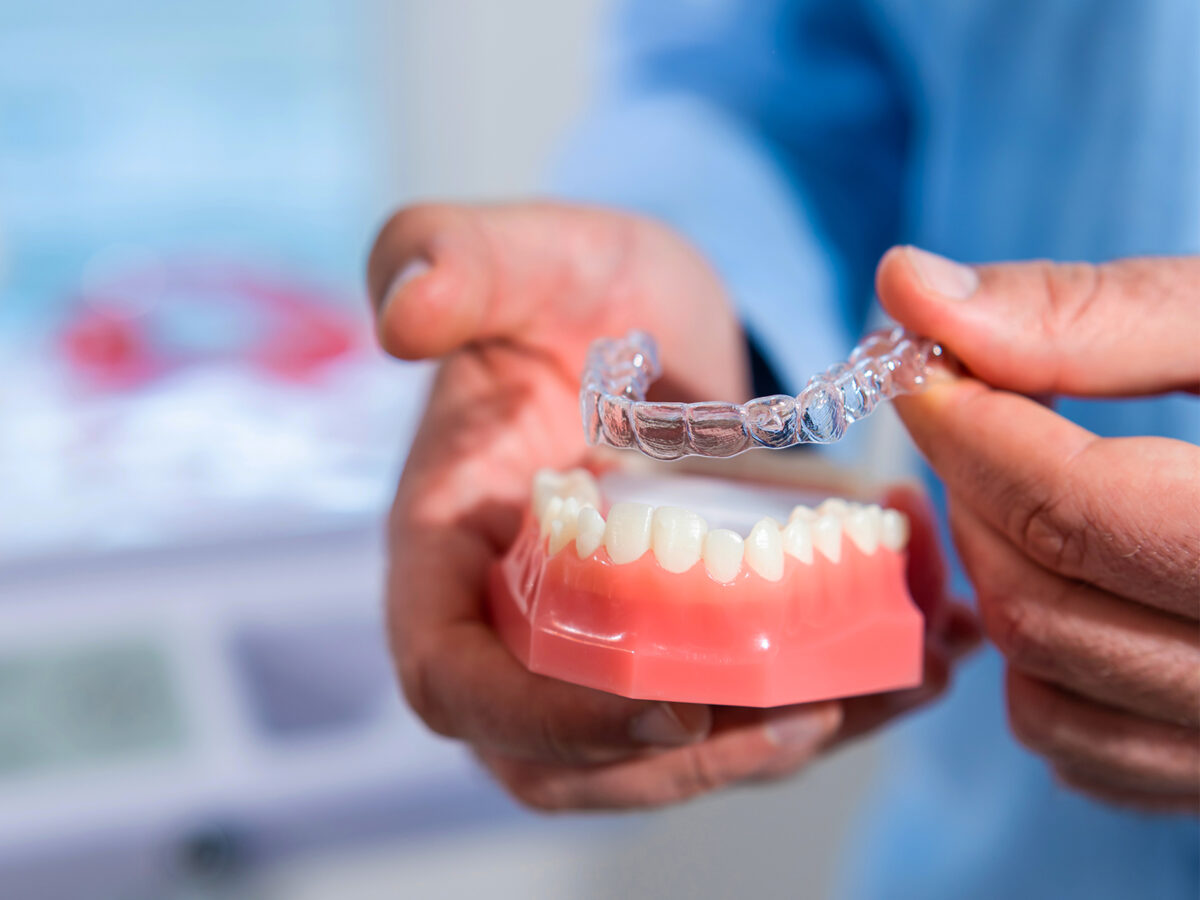We all wish for perfectly aligned pearly whites and a beautiful smile, but not all of us might be blessed with straight dentitions. But orthodontics have made it possible for those who wish to straighten their teeth with a variety of options.
In the olden days, people would shy away from going for orthodontics treatment due to the unsightly metal braces, but now Invisalign has revolutionized the orthodontic world.
Invisalign is clear braces that one can remove as and when they wish. These flexible aligners are entirely invisible, and you do not have to give up on your favorite foods to go for this procedure, as you can remove them when you want to eat or drink.
A common question would be how long will it take to straighten my pearly whites with Invisalign, and we will answer this question in this article along with other details about these clear trays.
How Does Invisalign Work?
Invisalign is composed of clear plastic trays that are custom-made to fit the shape and size of your teeth.
- You need to wear the aligners for a minimum of twenty to twenty-two hours a day.
- You can remove them while you eat, drink, or brush your teeth.
- You can seek this treatment from an orthodontist or specially trained dentist.
- Your dentist will first take a special 3-D image of your mouth. S/he might also take a plaster mold of your dental structure.
- These impressions and images are then sent to dental labs to create the aligner trays.
- These aligners apply gentle pressure on your teeth to move them to their desired position.
- Traditional braces need tightening at regular intervals, but in the case of Invisalign, you would need multiple trays, which are pre-made based on how your dentition’s movement is predicted over the course of treatment.
- Typically one would need anywhere between twenty-five to forty trays, depending on their case.
What Teeth Problems Can Invisalign Treat?
Invisalign can treat various cosmetic issues with your pearly whites alignment, such as:
- Crowded teeth – This occurs when you have a smaller jaw and your teeth get crooked or crowded due to this.
- Overbite – This happens when your upper teeth overlap the lower teeth.
- Underbite – This happens when your lower teeth extend beyond the upper teeth.
- Gaps – Spaces between your teeth can be corrected with clear aligners.
What Factors Affect the Timeline Of Invisalign Treatment?
The Invisalign treatment is highly customized, and the severity of the case affects the treatment duration. Based on your cosmetic problems, it might take one year for you and two years for another person. Some factors that affect the treatment duration are:
- Age – Teeth of young people are easier to align than those of older patients. So depending on your age, your timeline can differ from a younger person.
- Your compliance with the treatment – The clear trays can move one tooth at a time, and how consistent you are with your treatment plan would determine the speed and efficacy of the procedure. You need to wear the aligners for twenty to twenty-two hours a day and also change the trays as scheduled by your doctor to keep the treatment going as planned.
- The type of occlusion – The oral problem you are trying to rectify also determines how soon the treatment is completed. Different defects (crookedness, overbite, underbite, gaps) and their severity can change the treatment duration considerably.
How Long Before I See Results From Invisalign?
In general, the treatment takes between one to one and a half years, but in most cases, you can see the changes within two to three months. Based on the case, the treatment duration would vary as outlined below:
- Close gaps – Invisalign can close a gap of six millimeters within twenty-four months. If the space is smaller than six millimeters, it will take a shorter time. Invisalign is not effective if you have multiple teeth gaps which are more than six millimeters combined.
- Crowded dentitions – For mild crowding, it will take six to twelve months, and the duration will change based on the severity of crowding. For extremely severe cases, clear aligners might not be the best solution.
Summing Up
Invisalign treatment has revolutionized the dentistry world with its clear and removable trays, which are comfortable to wear and aesthetically pleasing. Based on your teeth’ shape and severity, the treatment can be short or long. You would need to wear the aligners for at least twenty to twenty-four hours a day and follow the planned schedule of changing the trays regularly to see the results soon.


